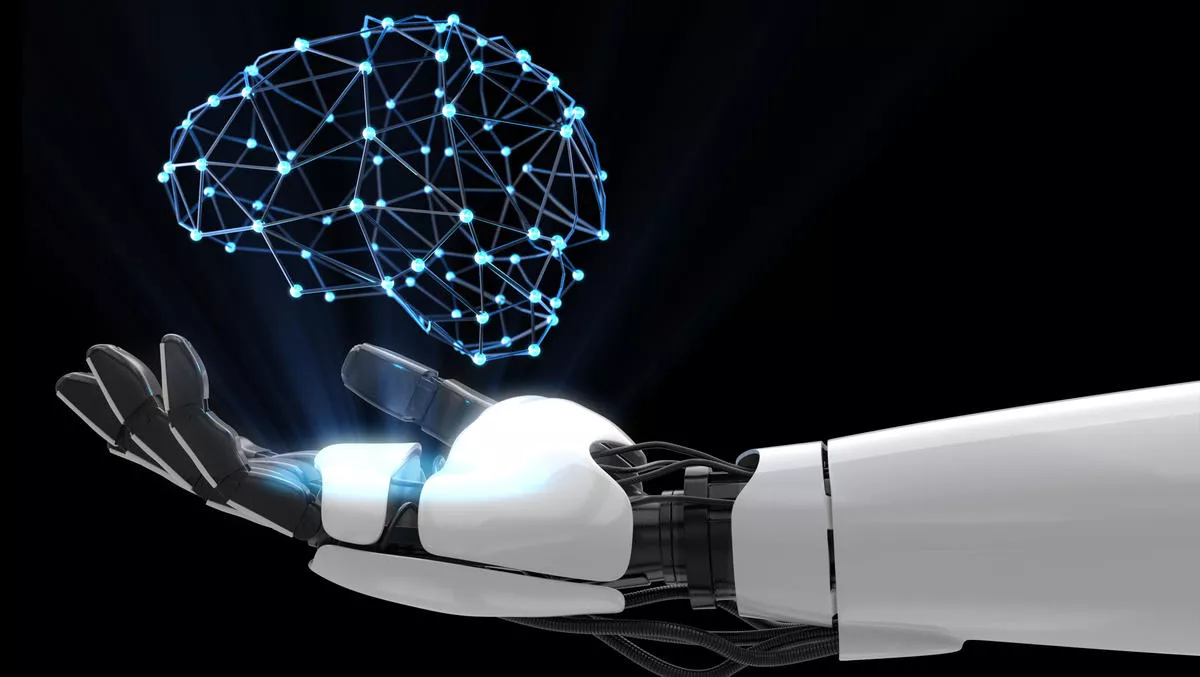It's been exactly 100 years since the coining of the word 'robot'. But it's only been recently that advances in sensors, speech recognition and computer vision, combined with shrinking hardware costs, have made robots more widely accessible.
5G is adding further excitement, promising to enable companies across industries to extend their robotics capabilities beyond warehouses and production facilities and into the open world. In fact, 78% of Australian executives surveyed for the Accenture Technology Vision 2020 report say they believe that robotics will enable the next generation of services in the physical world.
COVID-19 has been a significant catalyst in making the promise of robotics a reality, primarily through its imposition of social-distancing. It has moved robotics further away from the 'nice-to-have' category and put it on the path towards becoming a necessity.
This is true both in the controlled settings of factories and warehouses, where robotics already has a foothold, and out 'in the wild' in non-enclosed and public spaces.
Robots on the front-line
One of the areas in which robotics has made the most progress in recent months has been in the front-line response to the virus, where the technology has been playing a vital role in assisting health workers and scientists. Appreciating the need to move fast, many organisations have created robots that address a range of challenges stemming from the pandemic.
XAG, a Chinese agriculture company, is one such organisation. It quickly repurposed its XPlanet drones and R80 robots to spray disinfectant in areas affected by the virus.
Meanwhile, in Thailand, students at Chulalongkorn University repurposed robots that were initially designed to monitor stroke patients so they could also measure patients' fevers and help doctors communicate with them remotely.
And then there's YouIbot, a startup based in Shenzhen, which built an antivirus robot in just two weeks. The robot can sanitise surfaces and scan people for fevers.
These kinds of applications highlight the usefulness and adaptability of robots. The public is seeing how they can be used for societal good, while governments, regulators and workers are beginning to appreciate better the breadth and value of potential use cases for robotics.
For businesses, the pandemic has underscored the importance of automation for business resilience. As Australian companies grapple with the possibility of on-and-off lockdowns, automation can help to minimise the impact and to support more permanent adaptations as required.
With social distancing guidelines looking to remain in place for the long haul, managers will need to account for a reduced workforce and help ensure people can stay at a safe distance from each other while at work. Robots can help in this task by taking on jobs that would otherwise have been carried out by human workers.
Building a robot ecosystem
The pandemic has strengthened the case for robotics and automation, something that will have long-term implications for the entire robotics ecosystem. Just as 4G networks grew in tandem with the smartphone explosion, so too will robotics, IoT devices, and 5G, driving mutual growth and development.
After all, as robot use cases evolve and become more complex, they will demand increased data transfer rates and decreased latency.
Businesses need to think carefully about who best to partner with to achieve their goals. Many robotics companies today have done a great job of stepping up quickly to address pandemic-related challenges.
Others are thinking even further ahead about what's needed for a genuinely automated world. They are using this time to form partnerships, enable new capabilities, and work with governments to demonstrate new opportunities.
As they do so, they must be careful not to burn through the societal capital accrued during the pandemic. Robotics will only have a long-term future if acceptance of the technology can be maintained.
With more robots out 'in the wild', there will be a growing number of automated interactions between man and machine. For robotics to deliver its benefits in full without alienating consumers and workers, businesses must get these experiences right.
Organisations, therefore, need to consider what their company will look like when influenced by robotics, and what their core products and services will look like in a world where robots are proliferating, often right alongside human workers.
Delivering on the promise of robotics
Very soon, nearly every company will need to think of themselves – at least in part – as a robotics company.
Doing so will require new talent within the organisation and new partners to help acquire the skills, tools and machines needed to realise their ambitions.
Successfully managing robots out in the field requires robotics technicians, data scientists and fleet management expertise at a level that can only be met through a strategic combination of hiring, as well as sustained upskilling efforts.
The great robotic migration is underway, and the companies that prepare for and embrace it will be best positioned to benefit.
The key will be ensuring that robots are integrated into society, accounting for all stakeholders.
Such stakeholders can include employees who will need to understand optimal human-machine collaboration, customers who need to be comfortable with robotic-powered services, and the people who will almost inevitably come across these robots out in the wild.
If organisations get this right, the potential global impact of robotics will be vast and exponential.


